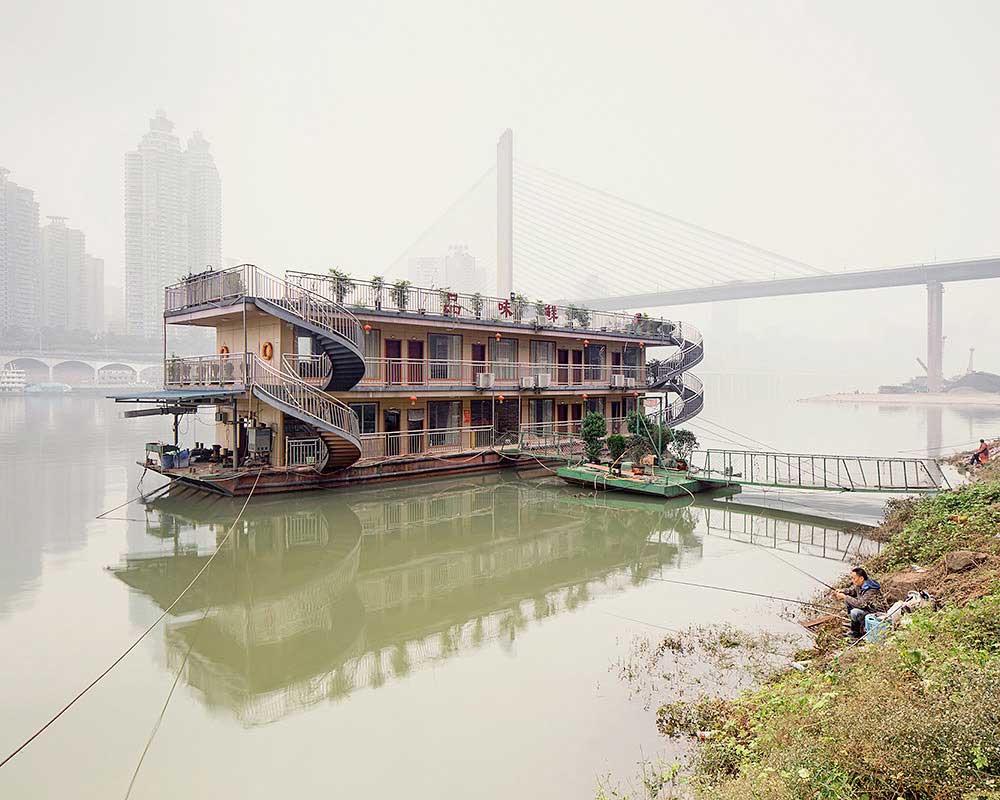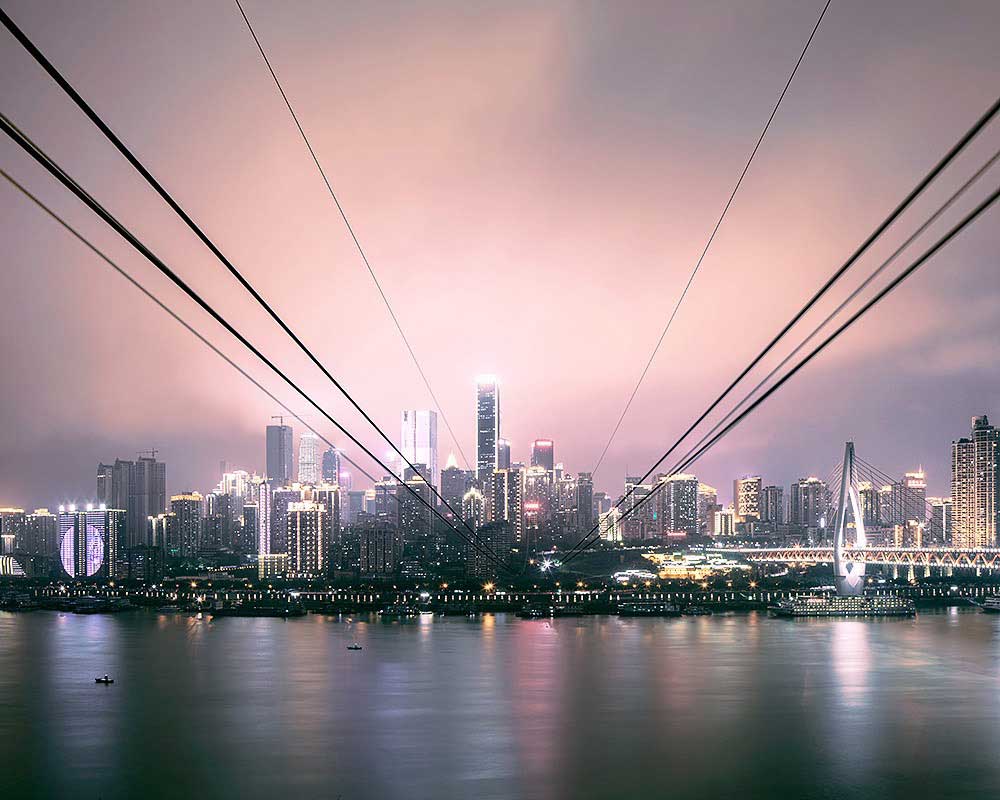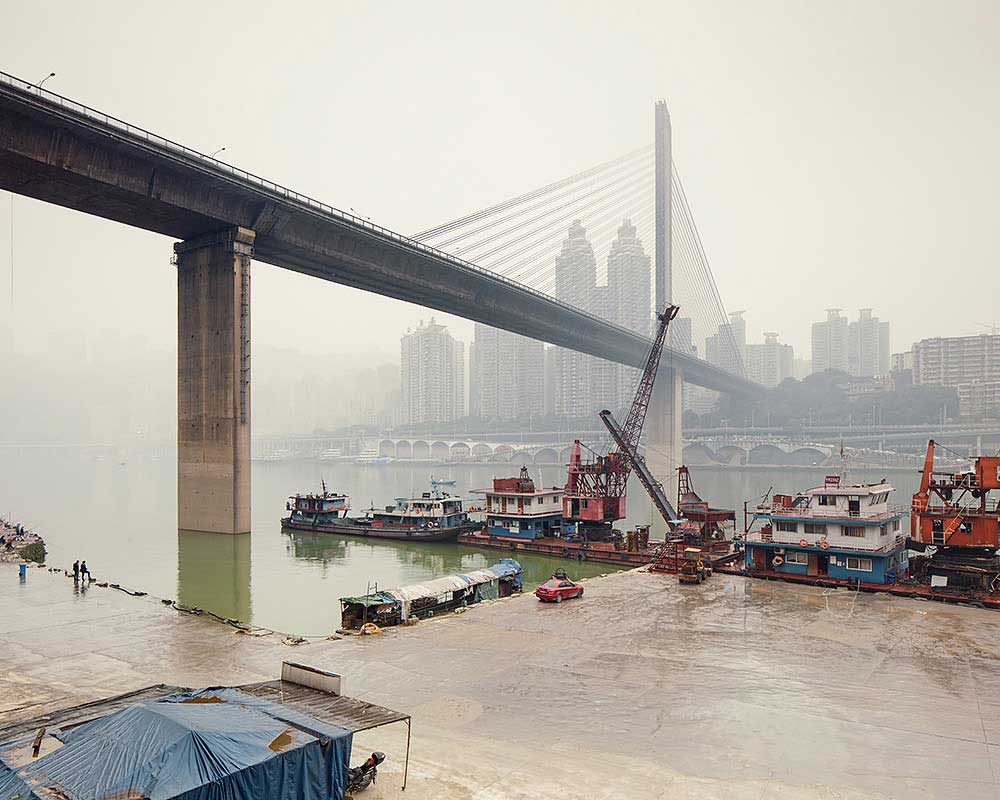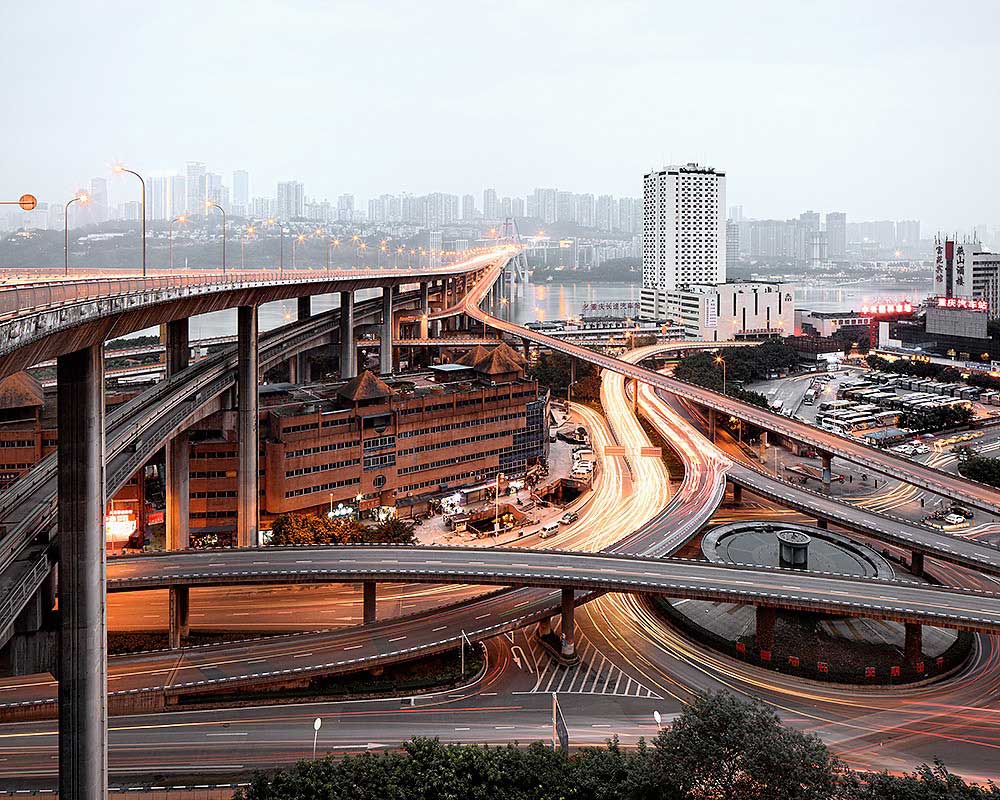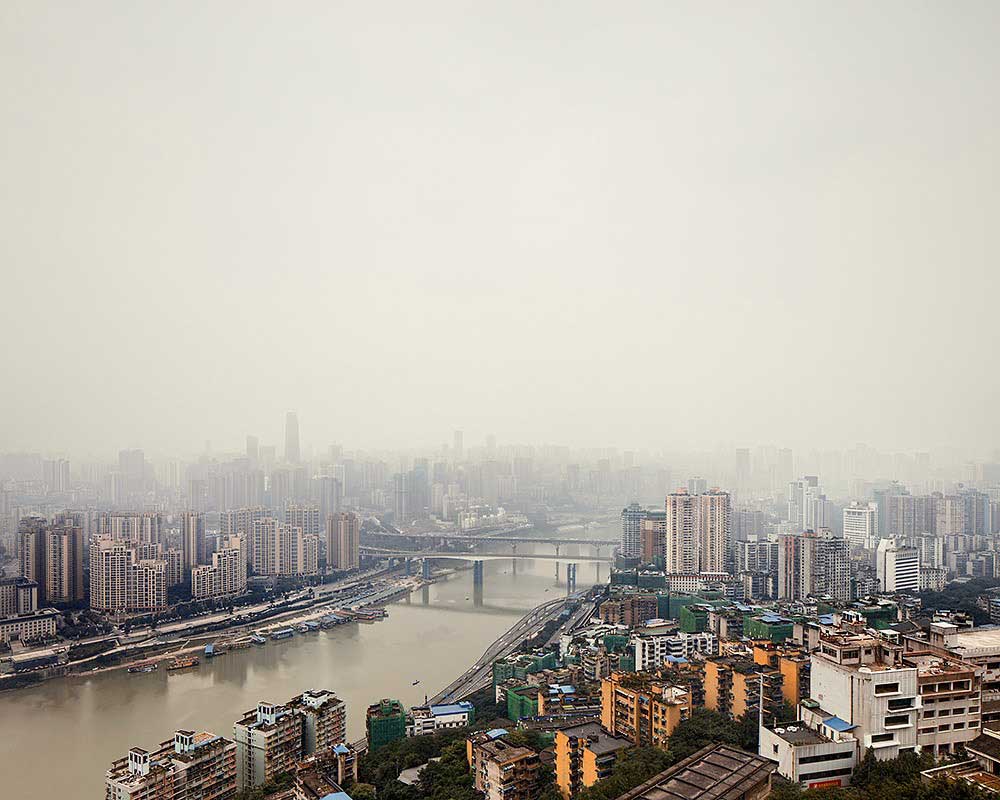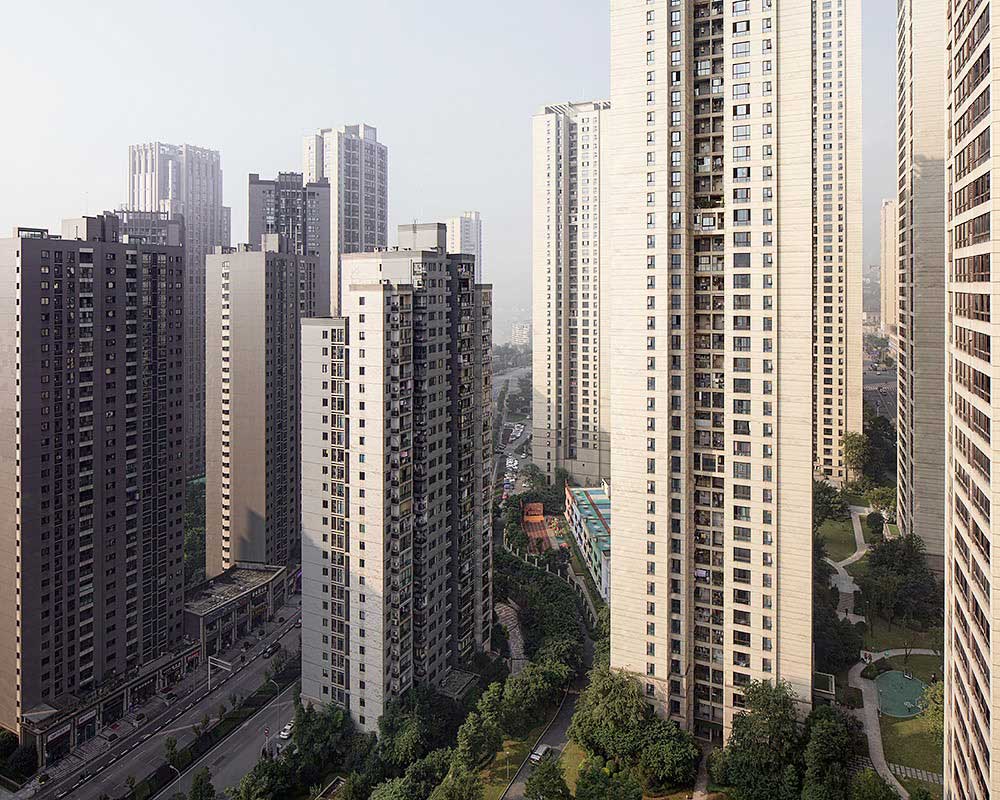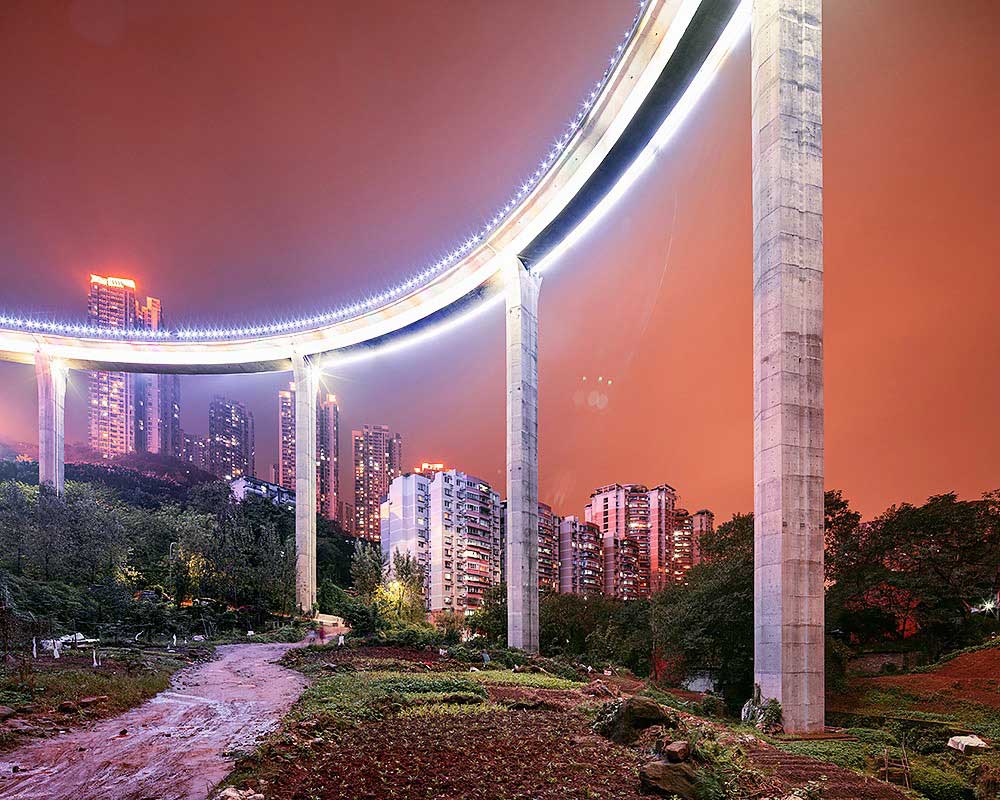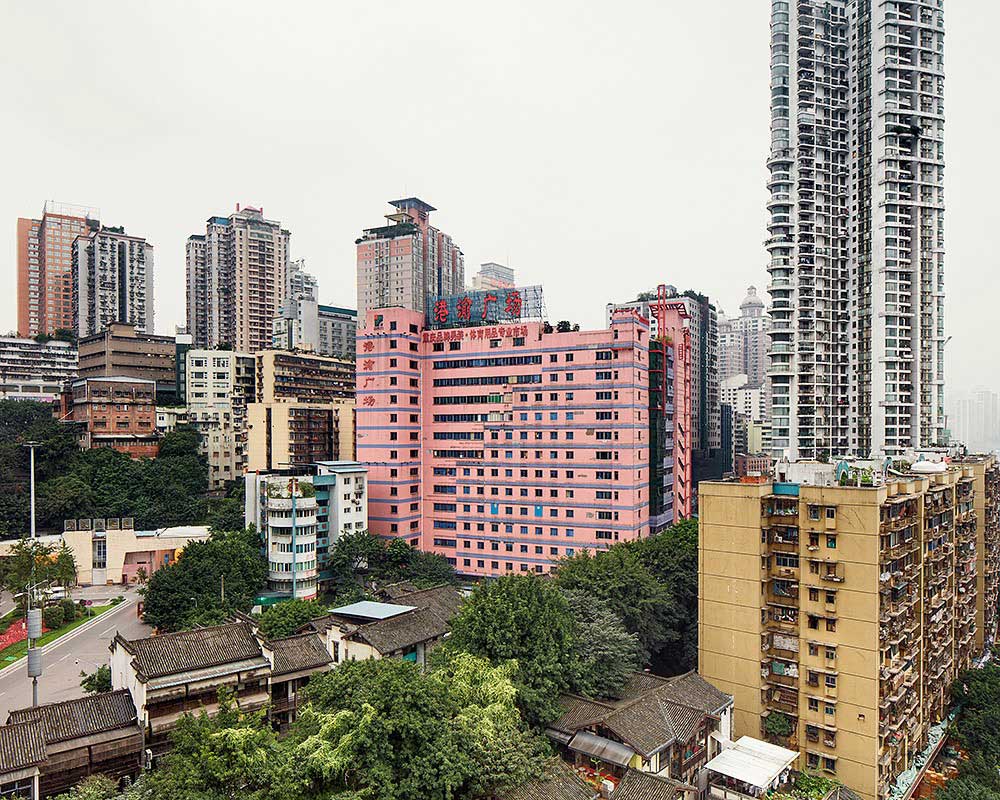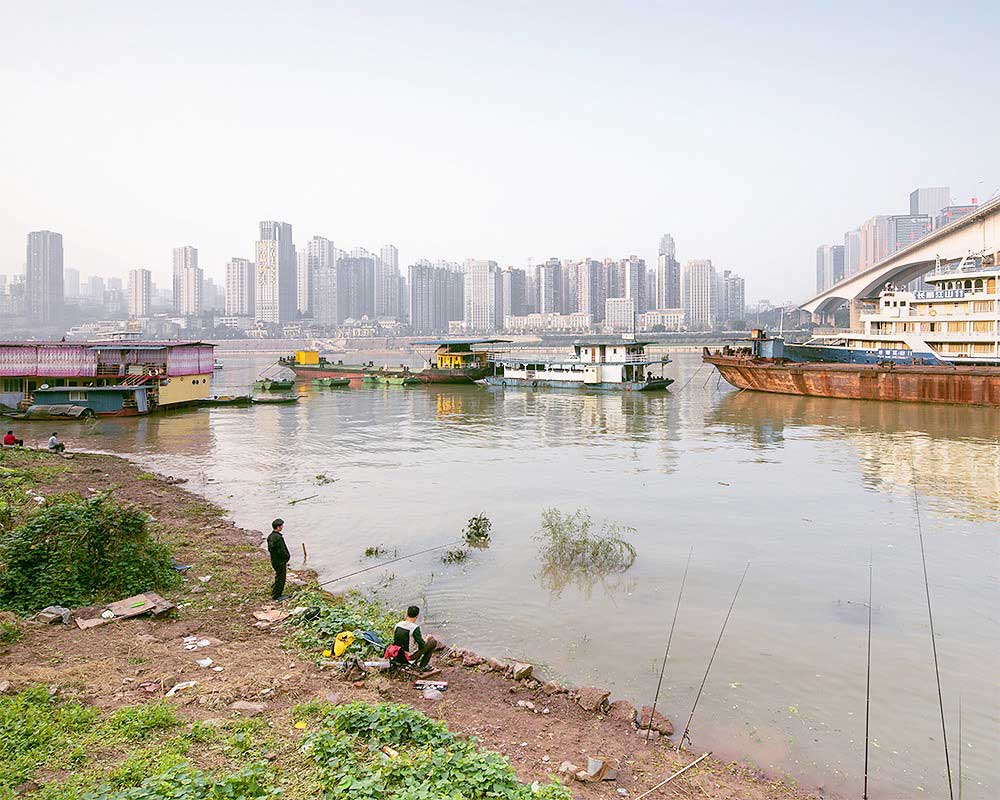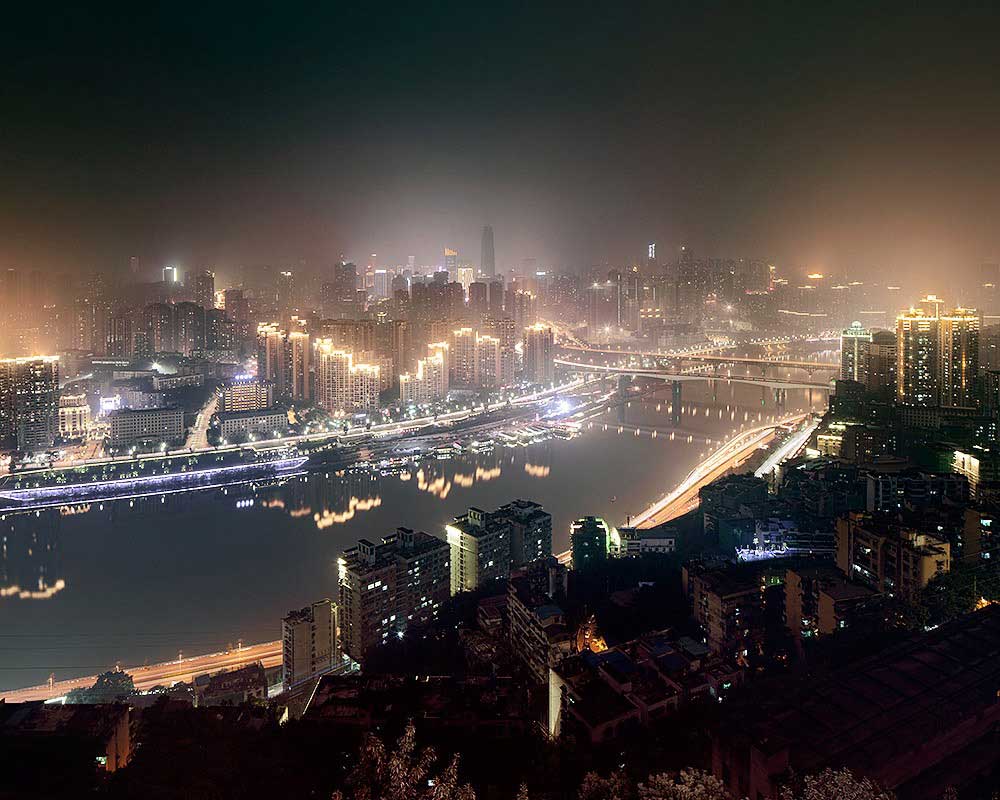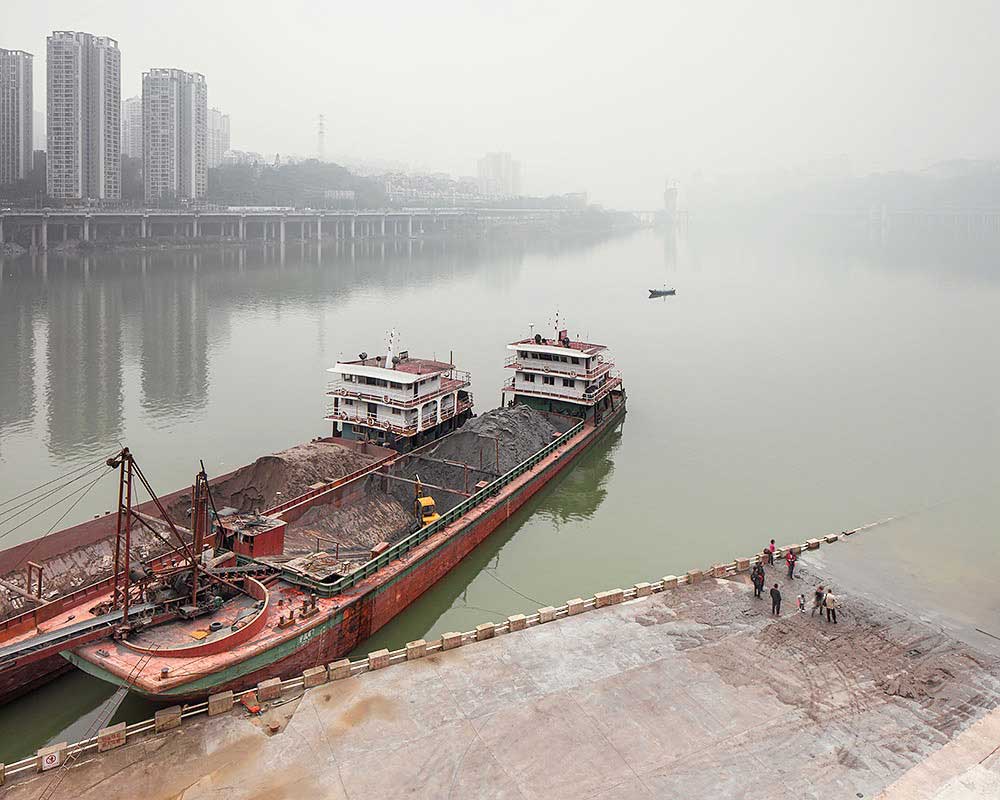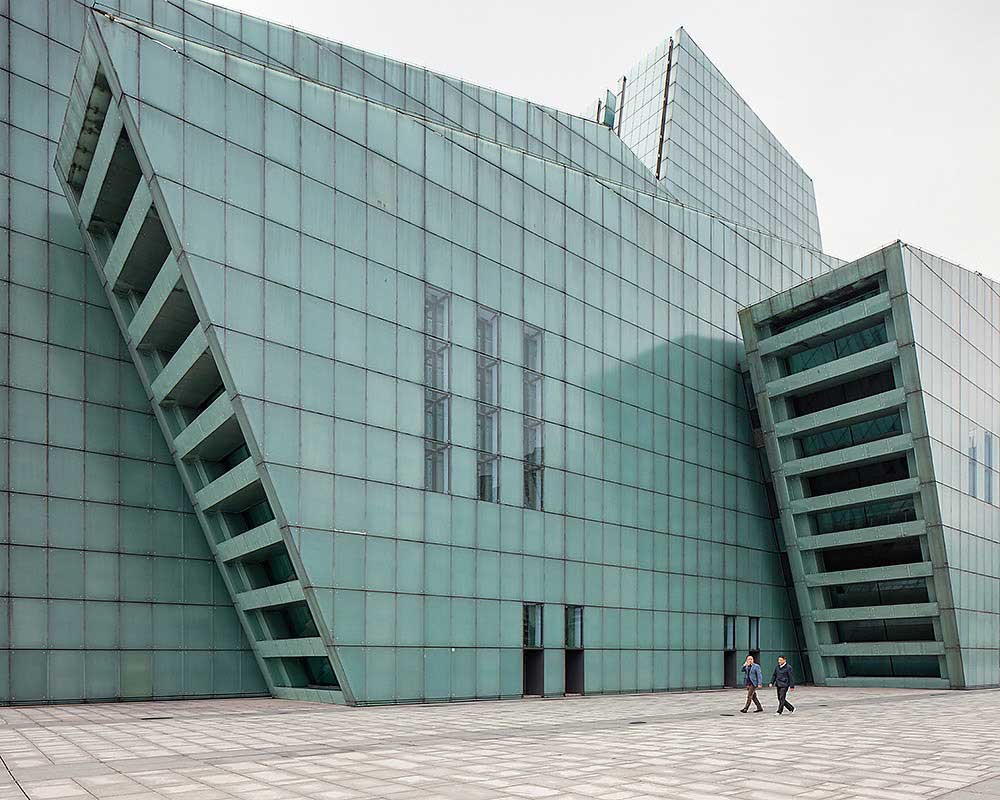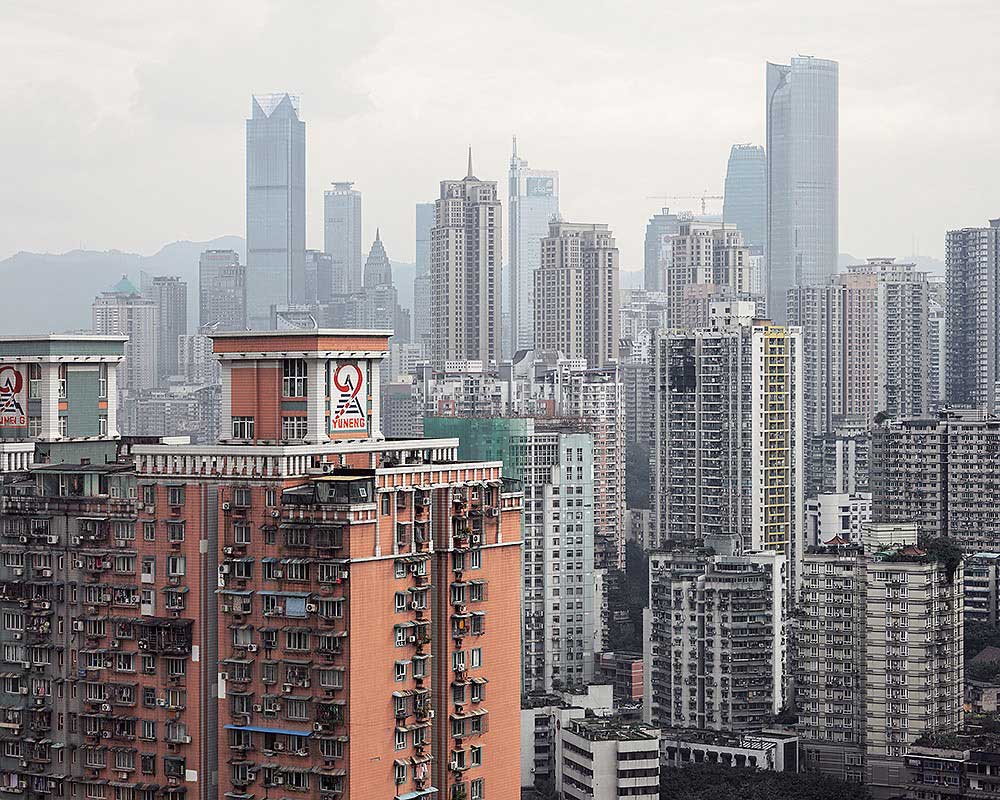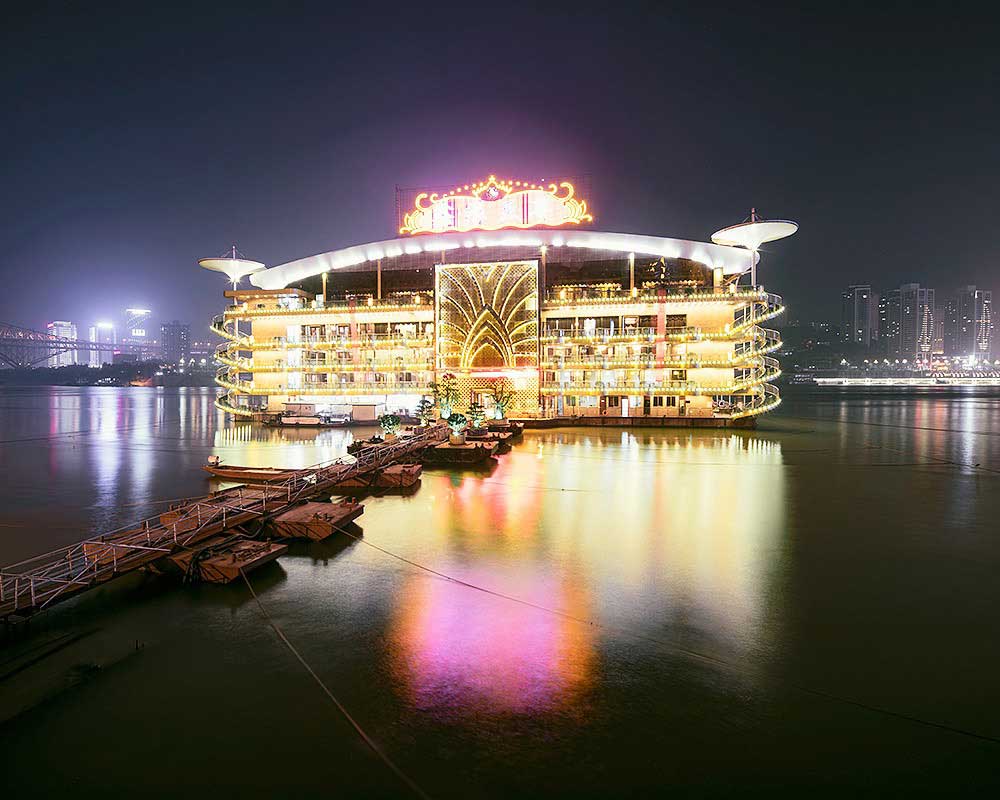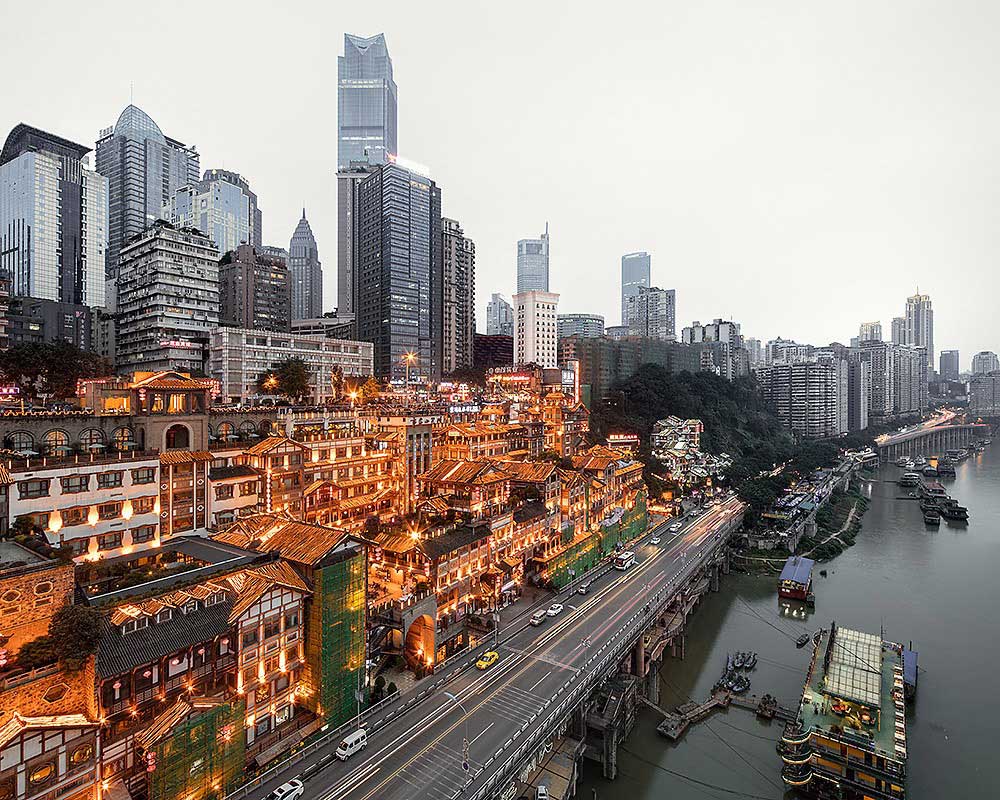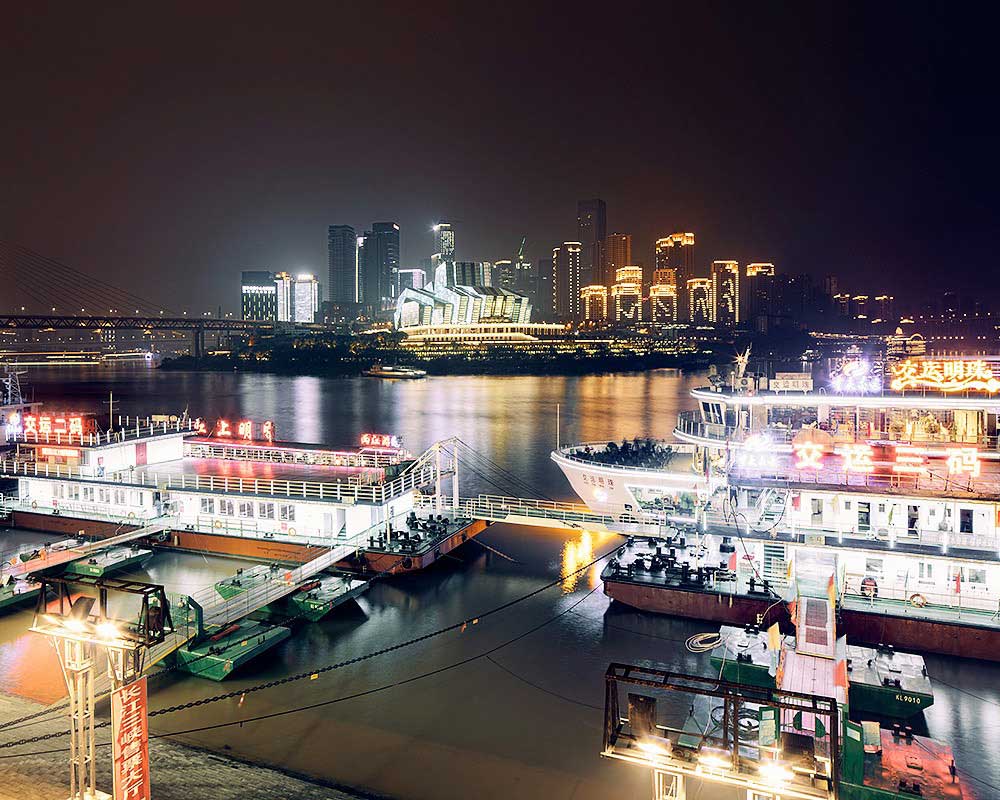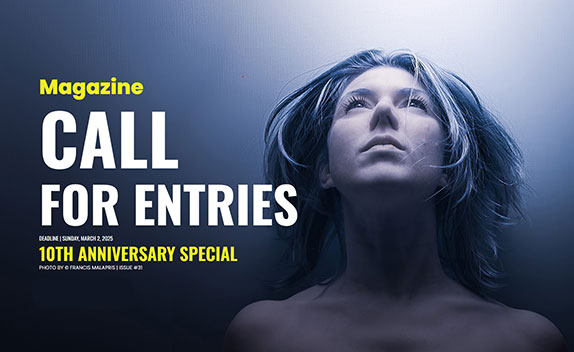Photographs from “City on Rivers” series were made in November 2016 in Chongqing municipality – the main city of central China.
The aim of the project was to document the urban space along the course of rivers, the Yangtze and the Jialing River. The greatest part of the photos in the project has been made in the most urbanized areas.
When we think of Chinese cities, the first associations our brains pick up and try to connect with are Hong Kong, Beijing or Shanghai. All of those would be correct too, but there are others who also occupy a space on the map of China. Deep in the heart of the continent, surrounded by mountains, lays the most populous city in China – Chongqing. In 2016, Chongqing’s population was estimated at 32 million inhabitants, and this number is growing at a constant rate of about 1300 people a day, due to workers migration from rural areas.
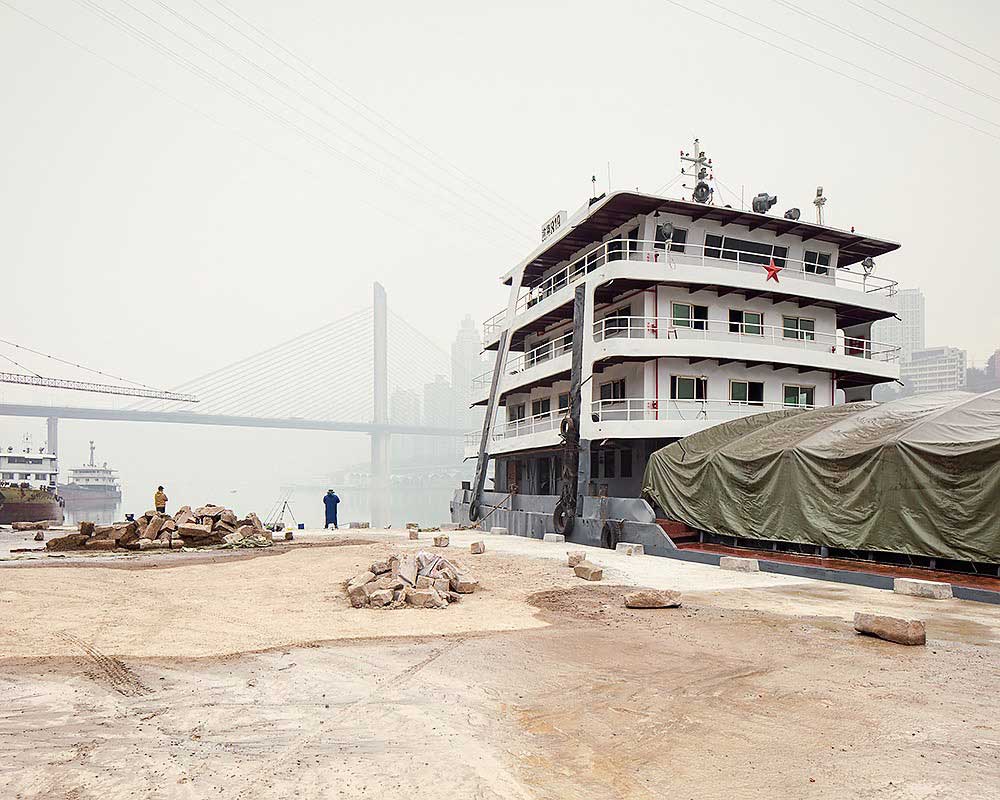
Chongqing is here to stay, and demands that the world acknowledges its existence. Little wonder it was described as one of China’s ‘13 emerging megacities’ by the Economist Intelligence Unit in 2012. It is an important economic, commercial, cultural and scientific center. Chongqing is called the “city of rivers”, a name whose origin lays in the fact that it is the place where two great rivers meet and collude: a third of the world’s longest river, Yangtze and its tributary, Jialing River.
The strategic, inherent mountain location makes the city life revolve on numerous levels. The urban landscape extends from the lowest areas bordering the river, through bridges and overpasses forming the communication lifeblood, and coming to a peak on the fullness of skyscrapers, settlements and business centers. Chongqing, with over 100 foggy days during the year, is also known as a fog city.
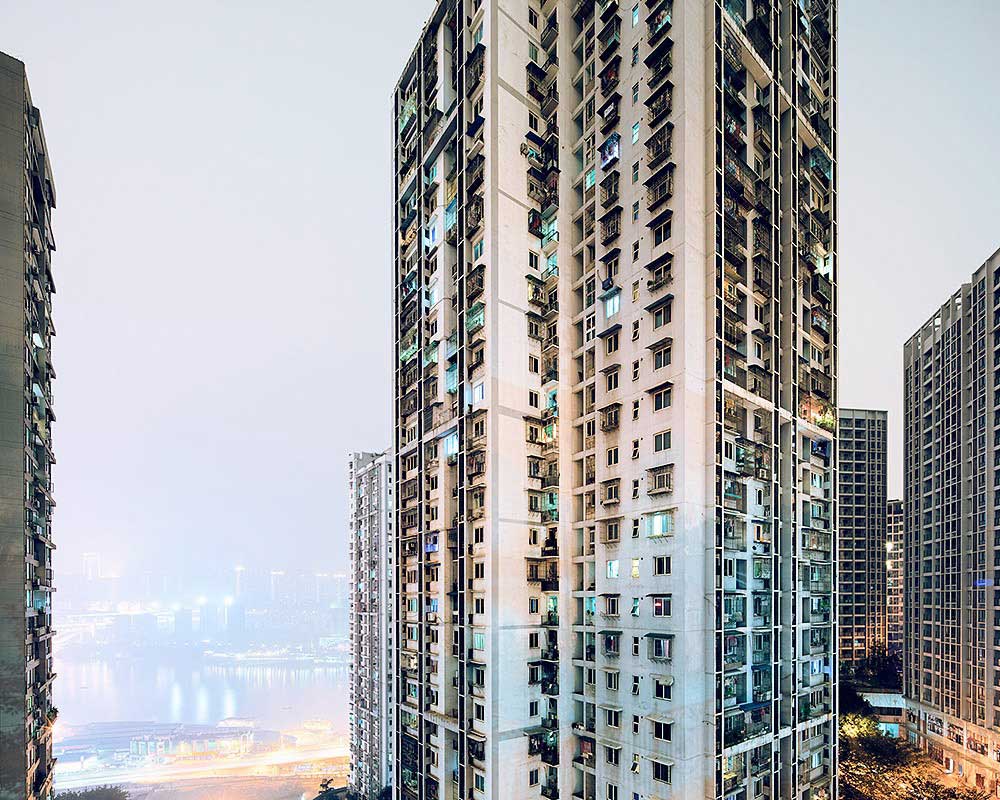
The scale of urbanization in Chongqing is unprecedented and different from that in any of the varying corners that makes up the world geography.. In recent years, the city has experienced enormous transformations, one of which is that, whole quarters of old estates have been demolished and brought to level with the ground. In its stead, a new forty blocks was ushered in and given a homecoming in areas where until recently, people lived in traditional houses made of wood. It is estimated that usable space: offices, residential space and production grows in Chongqing at the rate of about 137,000 square meters a day, a testament to its economic savvies and the inbuilt potential the city has to grow and expand. Another estimated figure is the influx of over a thousand people into the city daily, a status that leads to the corresponding influx of about $15million to the home-grown economy.
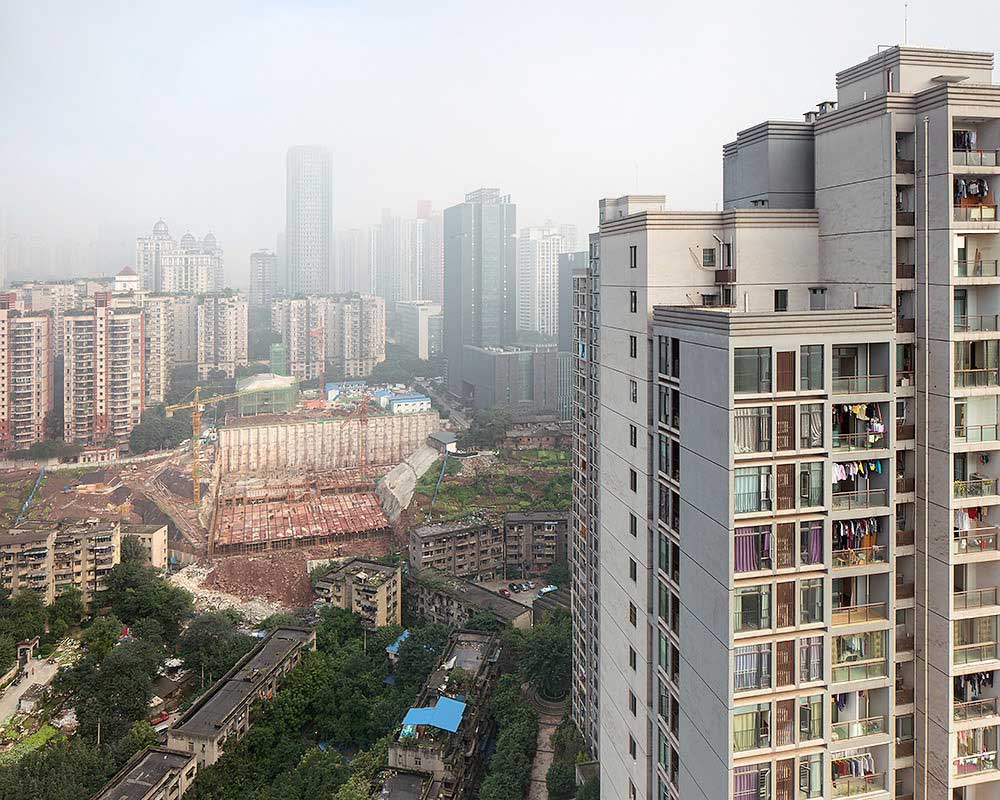
Urbanization and development comes with many joys, and also peculiar changes. The rate of growth and development in Chongqing is not without consequences on the life and traditions of the locals. There is a certain comfort in knowing that things will remain the way you have always known them and that no matter how much the world decides to turn itself inside out, an individual’s space in that world will be left uncontested and to his own devices. Farmers from converted areas do not change as quickly as the urban fabric, holding tenuously to the threads that tether them to yesterday. Therefore, at the foot of huge blocks grown in place of traditional demolished settlements, it is not out of place to come across traditional gardens, animal breeding sites and people angling or swimming in rivers.
On one hand, the Chongqing development is another potent testament to the ever-growing power of the Chinese economy. On the other hand, the existing conditions show that there is no consideration of the effects of transforming landscape on the life and living in that area. A normal sight is one that features chaotic management and planning of urban space, as well as low quality of life in large parts of the city.
The photographs made in Chongqing interacted with the place and with the people who are the heartbeat of it. While a greater proportion was of the commercially viable center, a few was of people in their natural habitat, living and interacting with each other. Those pictures underline a germane message: community.
All around this is the wave of development and revolution that engulfs the city in waves. Towering buildings, connecting roads, are some of the structures that form the core of this. The city tells different stories, depending on what time of the day you ask it. In the daytime, it is somber, telling the tale of work and a race against time. At night, the city shines with iridescence, a rainbow of light. Here, it works in tandem with time and reeks of a different kind of promise.
Chongqing tells a powerful story of what was; what is and the amazing things that time can bring forth.
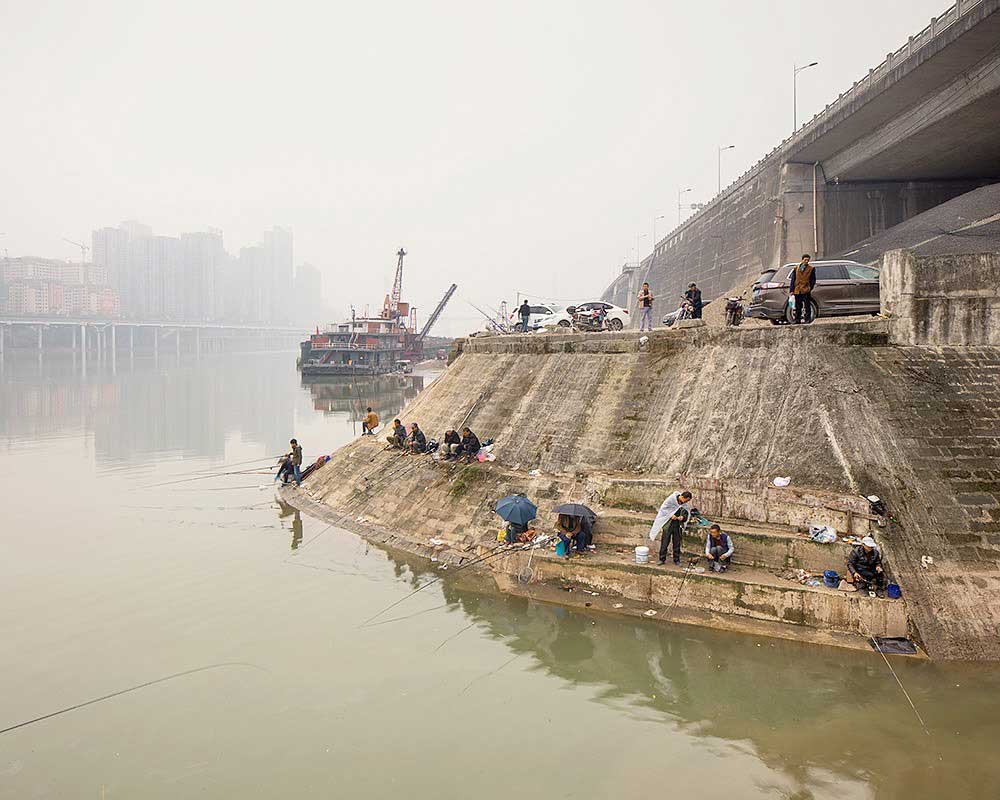
About Maciej Leszczynski
Maciej Leszczynski – born in 1986, in Elblag, Poland. A graduate of the University of Gdansk and Gdansk University of Technology. Photographer with specialization in architecture and landscape. His photographs are characterized by the purity of the frame and the high technical quality. In his works he focuse on the content as well as aesthetic of images. Multiple award-winning in the international photographic competitions. Currently lives and works in Gdansk. [Official Website]
